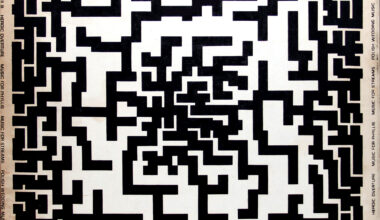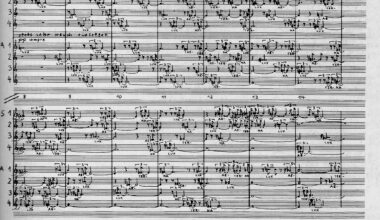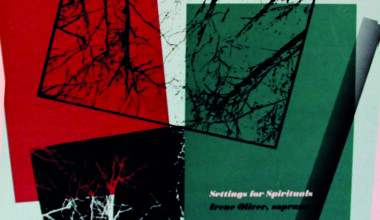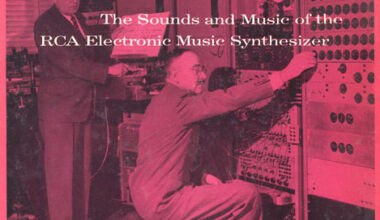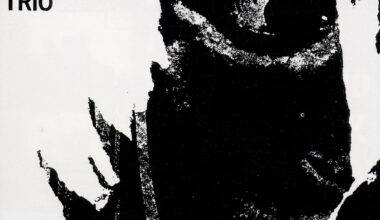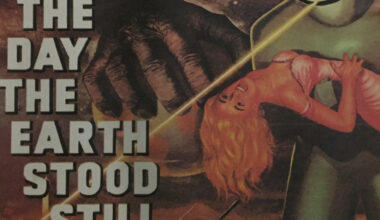Resident archivist Jack Dangers looks at the album ‘Musique Expérimentale’, a collection of releases from renowned Paris tape music innovators Le Group De Recherches Musicales De La RTF
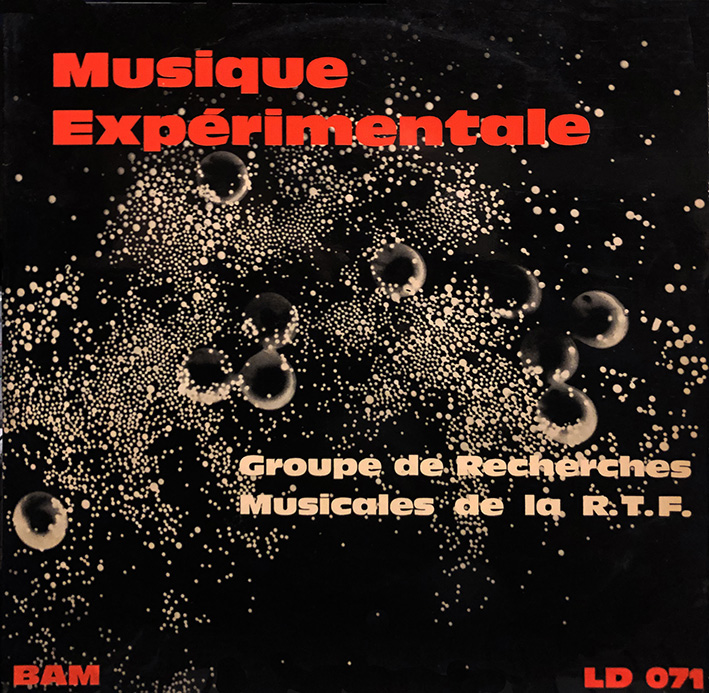
Le Group De Recherches Musicales (GRM) has its roots in Groupe De Recherches De Musique Concrète (GRMC), which was established in 1951 in a purpose-built studio at Radiodiffusion Télévision Française (RTF) – the French national broadcaster. Pierre Schaeffer was the director, Pierre Henry the composer, and Jacques Poullin the engineer who was able to build devices they designed. Machines like the Morphophone – a tape delay with 10 playing heads which allowed them to process sounds with echo and also affect their timbre and dynamics.
As Schaeffer became more busy giving talks and with meetings outside the studio, Henry was left in charge and started to use the facility to create work for his collaborations with choreographers and filmmakers. Schaeffer was unhappy about the way things had been going in his absence, so in 1958 he re-asserted control over the direction of the studio and brought in new composers, which resulted in Henry leaving and establishing his own studio.
‘Musique Expérimentale’ came out in 1962 on a French label called BAM, a classical music label that had been releasing records since the 1930s. It’s the first release credited to Le Group De Recherches Musicales De La RTF and, as far as I’m aware, it’s the first use of the phrase “experimental music” on a record. Releases in the 1950s had titles like ‘Tape Recorder Music’ or ‘New Music’.
It certainly is uncompromising in its experimentalism, with works by Luc Ferrari, François-Bernard Mâche (a group member from 1958 to 1963), Romuald Vandelle, Michel Philippot, and André Boucourechliev who had attended the Darmstadt Summer Course music sessions – a who’s who of modernist and experimental composers in the 1950s – and had studied with Luciano Berio. In 1964 there was a second LP, ‘Musique Expérimentale II’, which also featured Luc Ferrari and François-Bernard Mâche, with new names Ivo Malec, François Bayle, Philippe Carson and Earle Brown.
The GRM became a national institution for experimental electronic and tape music techniques and it’s still going to this day. Composers including Karlheinz Stockhausen and Iannis Xenakis have passed through the studio, with Schaeffer mentoring students like Éliane Radigue and Jean-Michel Jarre along the way.
Today, you can use their free software, GRM-Player, which they describe as “a true laboratory of the digital tape recorder”. Inspired by the techniques of musique concrète which Pierre Schaeffer pioneered, it enables you to make edits and micro-edits and have multiple “tape heads” playing the same sound file.
Original pressings of both albums are fairly easy to find and are not that expensive either, and they’ve both been reissued several times over the decades. Finders Keepers sub-label Cacophonic re-released the 1962 LP a few years ago.
